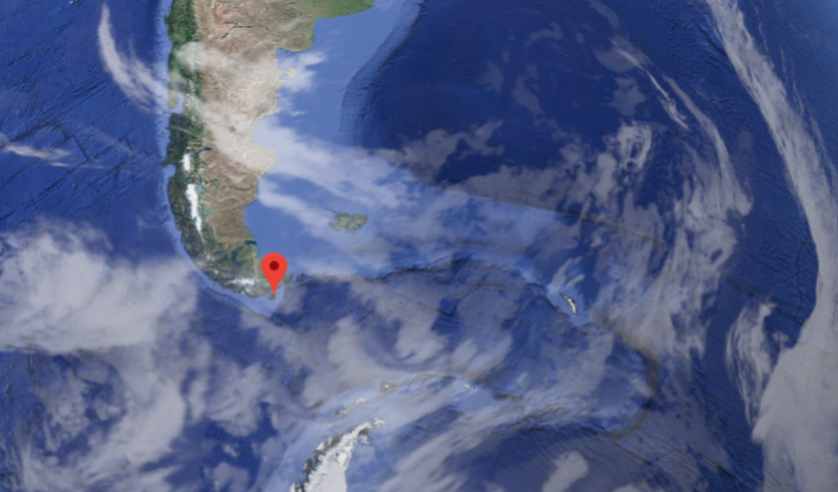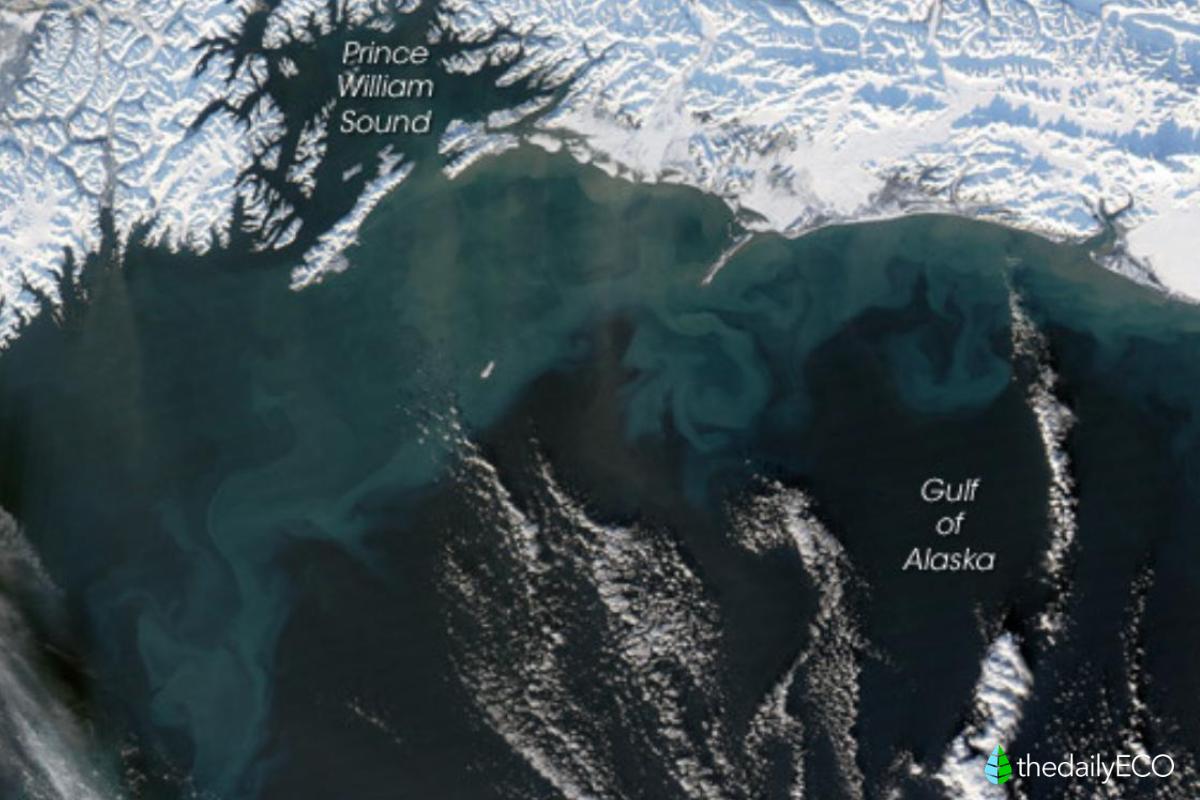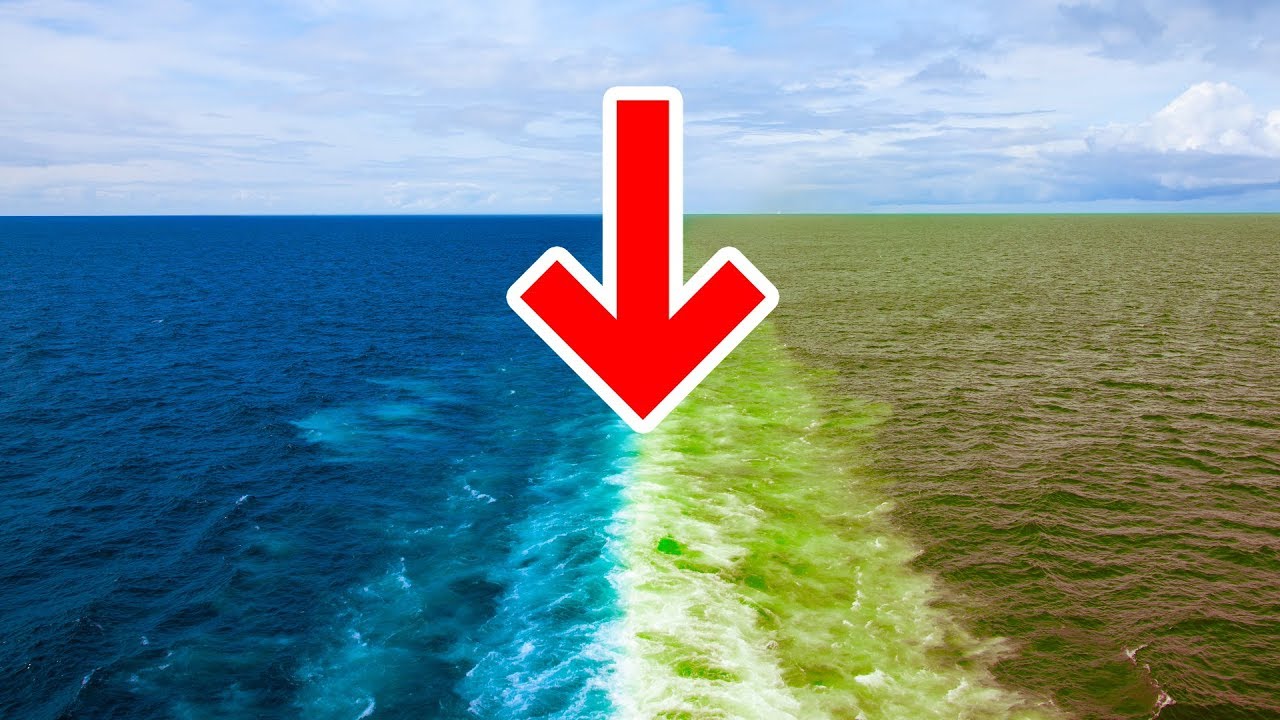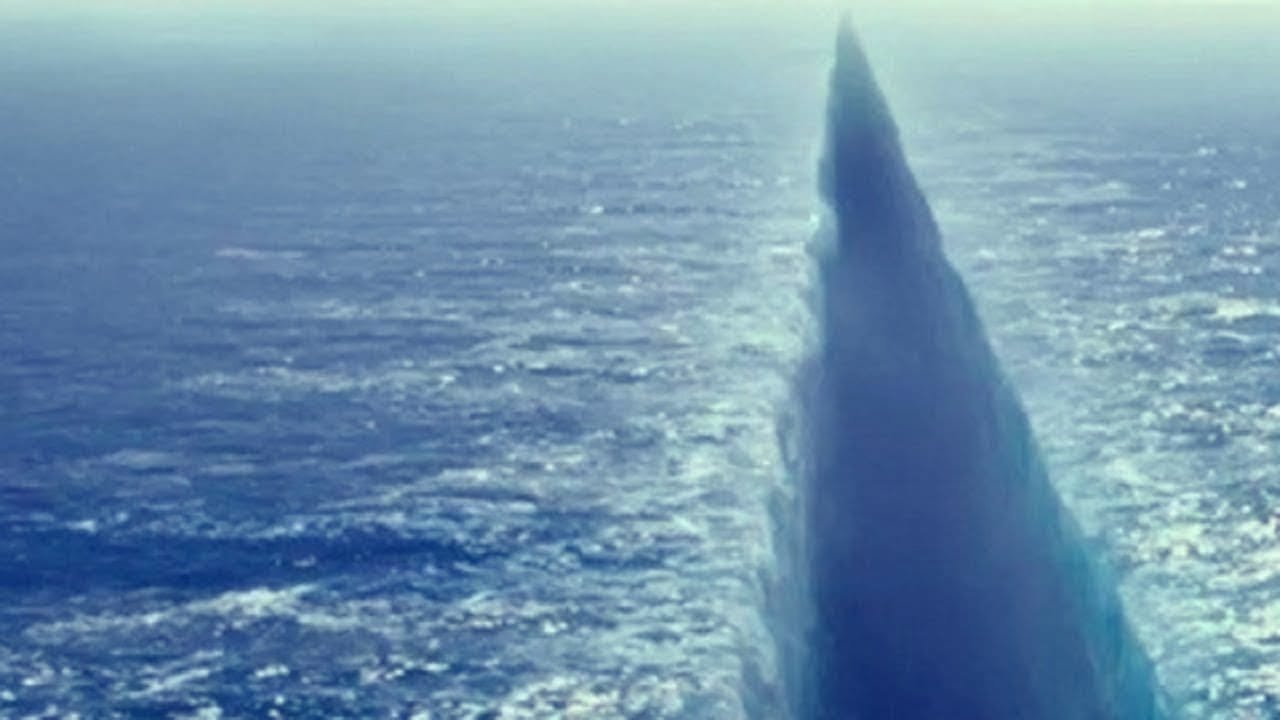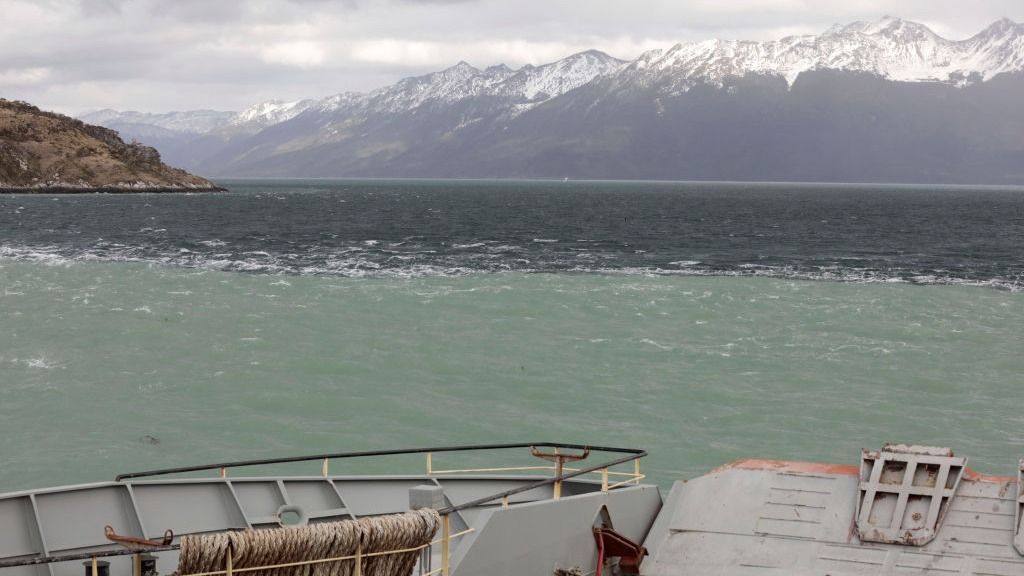Why Don't The Atlantic And Pacific Waters Mixed

Have you ever seen those cool videos online showing a distinct line in the ocean where two different colors of water meet? It looks like someone painted a line down the middle of the sea! Is it the Atlantic and Pacific giving each other a high-five... and then awkwardly backing away?
The Ocean Mixer: Not as Simple as You Think!
You might think that oceans are like giant bathtubs, just swirling around and mixing everything up nicely. But the truth is, our big watery playgrounds are far more complex than your rubber ducky understands!
So why don't the Atlantic and Pacific oceans blend together like a perfectly mixed smoothie? Buckle up, because we're about to dive into some fascinating oceanography!
Density: The Bouncer at the Ocean Party
Imagine you're throwing a party. You have different drinks: juice, soda, and maybe even a super sugary concoction your crazy uncle made. Some are heavier, some are lighter, right?
Ocean water is the same! Density, a fancy word for how heavy something is for its size, plays a HUGE role. Salty water is denser than freshwater, and cold water is denser than warm water. Think of it like this: the salty, cold water is the bouncer at the ocean party, keeping the lighter, warmer freshwater from crashing the dance floor!
The Atlantic and Pacific have different salinity levels and temperatures. These differences make one ocean slightly denser than the other, preventing them from easily mixing. It's like trying to mix oil and vinegar – they just don't want to cooperate!
Temperature: The Ocean's Thermostat
Think about a layered dessert. Hot fudge at the bottom, then ice cream, then whipped cream. You wouldn't expect the hot fudge to magically make the ice cream hot, would you? (Okay, maybe a little melting... but work with me here!).
Oceans have temperature gradients, too. The temperature differences between the Atlantic and Pacific also contribute to this reluctance to blend. Warm water tends to stay on top, while colder water sinks to the bottom. This keeps the layers relatively separate, like that delicious (if slightly messy) dessert.
Salinity: A Salty Situation
Ever accidentally added too much salt to your soup? Ruined it, right? Salinity, or the amount of salt in the water, is a big deal for ocean mixing.
The Atlantic, on average, tends to be a bit saltier than the Pacific. This is because of things like evaporation rates and freshwater input from rivers. Think of the Atlantic as the ocean that loves a good salted caramel, while the Pacific prefers its waters a little less... intense.
Ocean Currents: The Great Conveyor Belt
The oceans have massive currents, like giant rivers flowing within them. These currents are driven by wind, temperature, and salinity differences. It’s like a giant underwater highway system!
These currents, such as the Gulf Stream in the Atlantic, play a significant role in distributing heat and salt around the globe. But they also contribute to keeping the Atlantic and Pacific somewhat distinct. Imagine trying to mix two rivers flowing in opposite directions – it wouldn't be very effective!
So, Do They Ever Mix?
Of course! The oceans do mix to some extent, particularly in areas like the Arctic and Antarctic regions, where temperatures are colder and densities are more similar. It's not a complete separation, just a reluctance to become one giant, homogeneous soup.
Think of it less like an unyielding barrier and more like a really, really slow-motion blending process. It's happening, just on a timescale that's hard for us to perceive in our everyday lives.
So next time you see that amazing video of the ocean meeting point, remember it's not just a visual trick. It's a testament to the complex and fascinating forces at play in our world's oceans! And maybe, just maybe, the Atlantic and Pacific are secretly enjoying their slightly awkward, yet beautifully balanced, relationship.
